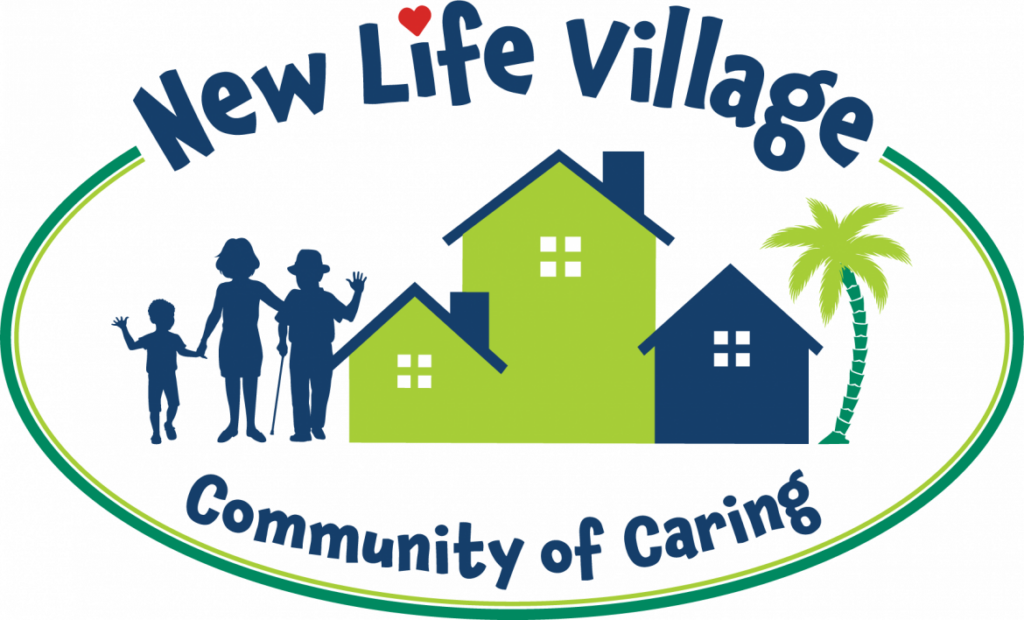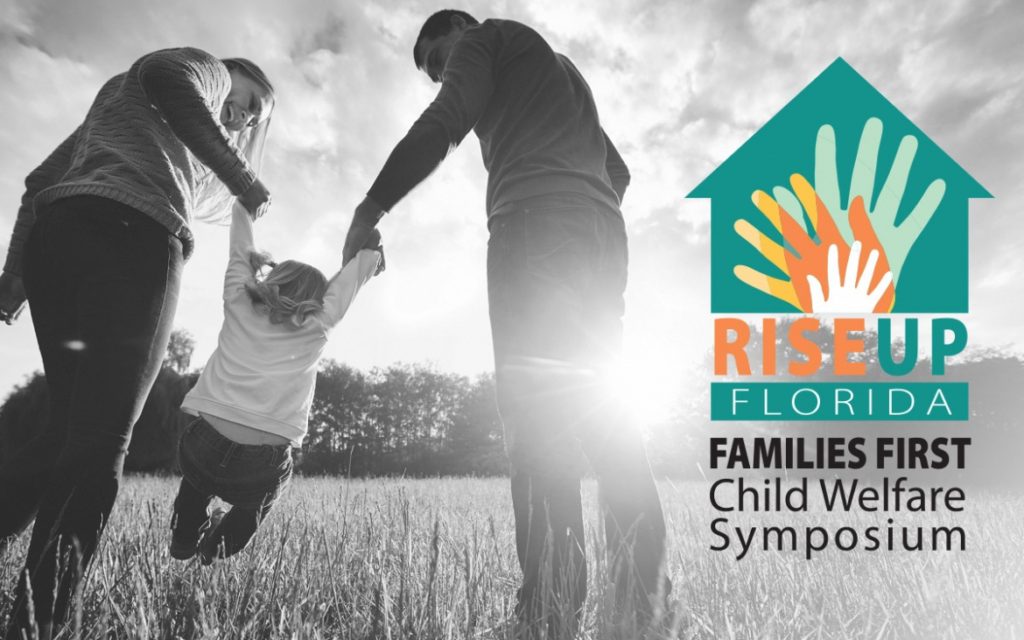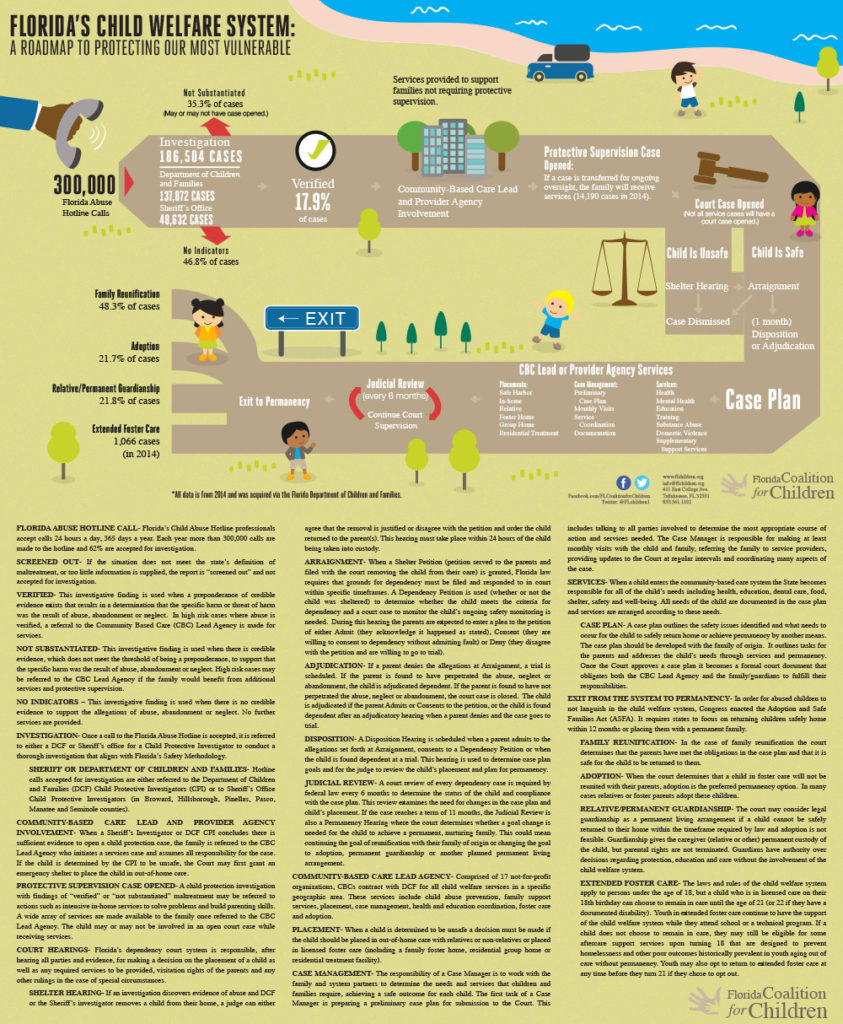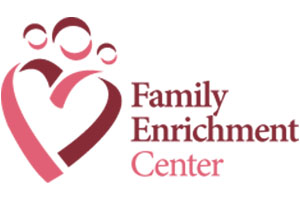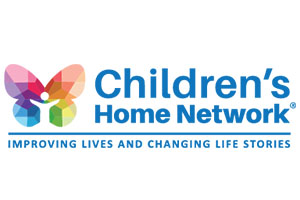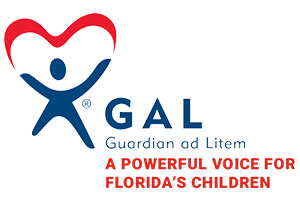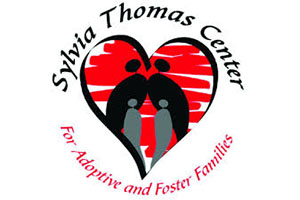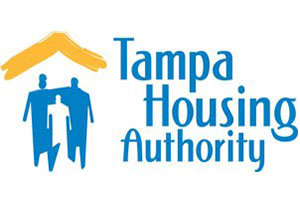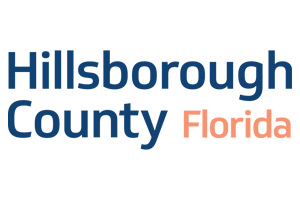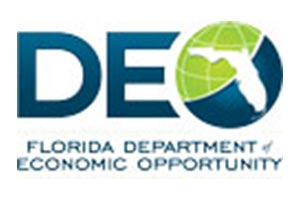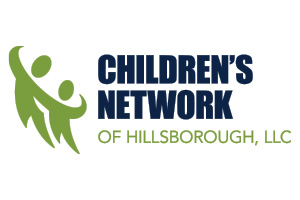History Of Community Based Care in Florida
Community Based Care (CBC) is a comprehensive redesign of Florida’s Child Welfare System initiated by Governor Jeb Bush and the Legislature. The transition to Community Based Care began in 1996, when the Florida Legislature, in response to growing issues and public dissatisfaction with the child protection system, mandated the outsourcing of child welfare services. The legislative intent was for local communities to come together on behalf of their most vulnerable children to foster local partnerships, investment, ownership, and to leverage community resources. By December 2005, all regions in Florida, using the Lead Agency design, had implemented the CBC model through a competitive procurement process. Under this system, lead agencies are responsible for providing foster care and related services while DCF retains oversight of contracts with lead agencies, operation of the child abuse hotline, and the provision of child welfare legal services.
DCF was also granted the authority to continue conducting child abuse investigations or contract this function to another governmental agency. To further engage local ownership and engagement, as well as raising the profile of the child welfare services, the state has contracted out protective investigations to seven local law enforcement agencies. Additionally, the state has contracted out Child Welfare Legal Services to local Attorney General Offices in three communities and to the State Attorney’s office in one community. Currently, there are 18 lead agencies serving Florida’s 67 counties. They are responsible for managing the care and protection of Florida’s children by outsourcing foster care and related services to competent service providers imbedded within their local communities. The intent to increase local community ownership and forge public private partnerships which would augment the traditional service-delivery system. This was accomplished through the formation of local Community Alliances to whom Lead Agencies would be held accountable.
Lead agencies coordinate and manage all child protective services in their respective communities. This ensures a seamless continuum to meet the needs of the children, youth and families entrusted to their care. Lead Agencies either directly deliver or subcontract the array of services required to address the needs of those in care and are accountable for meeting all state and federal outcomes. While challenges remain, this innovative statewide reform, for the most part has proven to be effective and efficient, especially in comparison to the formerly state-run child welfare system. The Community Based Care model has made great strides in system improvements and measured outcomes for children and families. There has been improved performance and outcomes, an increase in innovation and capacity building of EBP’s, increased adoptions, the implementation of front end prevention and diversion programs-safety management services, and the formation of public private partnerships and local community ownership and engagement. In addition, Lead Agencies have substantially reduced administrative overhead costs to an average of below 5%. The Right for Kids report published in 2012, by the Foundation for Government Accountability demonstrates the improvement in the Florida child welfare SOC following privatization. While there have been great strides in the care and protection of Florida’s children and families, challenges remain. These include case worker turnover, inadequate funding, the impact of the opioid epidemic, services for crossover youth, engaging biological families, and children with significant mental health, behavioral, and/or substance abuse issues. For further information on the Florida Child Welfare System please find a copy of the Challenges Facing Florida’s Child Welfare System study conducted by Florida TaxWatch in November 2015.
Funding Model
The Florida child welfare funding methodology, referred to as the Equity Allocation Formula (EAF), uses a series of metrics to determine how funding will be equitably distributed among 18 Community Based Care Lead Agencies, while supporting those deemed to be under their equitable portion of funding. The recent 2018 Legislative amendment to the EAF moves the former 80/20 model to a 70/30 allocation methodology whereby 70% of all new funding is divided among all CBC’s and 30% of new core funding is allocated to those agencies deemed to be funded below their equitable share. The metrics used to determine the annual allocation are selected through a point in time analysis of data. Please find the 2018 Child Welfare Funding Model Legislation, Fla. St. 409.991 attached along with the former 80/20 allocation of funding in FY 2017-18.
While the EAF was intended to remedy funding inequities that existed prior to the formula, whereby some lead agencies operated in surplus while others operated in a shortfall, it remains a topic of discussion and debate among the Community Based Care Lead Agencies, DCF, stakeholders and policy makers. To that end in 2016 the CBC Lead Agencies and the Florida Coalition for Children (FCC) joined forces to conduct a statewide analysis of the funding methodology to explore the prospect of developing and proposing an alternate funding model approach.
To accomplish this goal the FCC formed a statewide workgroup charged with developing a plan to conduct a comprehensive assessment of the child welfare system of care. The FCC contracted with an independent expert finance consultant to lead, guide and direct the process. At the conclusion of the analysis, Child Trends was contracted to validate the data and assumptions of the newly devised model to ensure integrity. The model has been presented and discussed with policy makers and continues to be promulgated as a viable option. Discussion has also surfaced regarding the prospect of moving to a Revenue Estimating Conference funding approach. The Symposium will include discussion on national child welfare funding model approaches. In 2006, Florida received approval of the first statewide Child Welfare IV-E waiver for flexible use of foster care funds under Title IV-E of the Social Security Act. This enabled the state to dedicate its resources to keep children and families safe and together when possible, and to assist and support parents whose children had been removed towards timely reunification. Click here for more information on the IV-E Waiver. With the recent passage of the Families First Prevention Services Act (FFPSA) in February of 2018, child welfare leaders nationwide are in the process of assessing and planning how to best retool their systems of care, align funding streams and move from a IV-E Waiver environment where applicable to a FFPSA environment. As a result, it is anticipated the FFPSA will be on the forefront of discussion at the Symposium.
Finally, the CBC Lead Agencies operate with risk-sharing contracts. In essence, contract funding is capped and Lead Agencies are required to serve all children and their families with no right of refusal. Over the past several years, Florida has experienced an increase in the number of children entering out-of-home care resulting in several lead agencies operating with a shortfall on an annual basis. It is important to recognize that CBC’s profit and loss is designed to be a zero sum game. While a Risk Pool had been established in statute, only over the past few years has it become necessary for the Florida Legislature to fund the Risk Pool to cover the shortfall Lead Agencies were experiencing. Lead Agencies who are projecting a shortfall can apply for Risk Pool funding. However, the allocation of Risk Pool funding has been insufficient to meet all of the requests resulting in some lead agencies ending the year in deficit. Click here for more information on the Risk Pool process and funding allocation.
Increase in Out of Home Care
Following the statewide implementation of CBC in 2004, out-of-home care declined from 2006-2013. In 2013, DCF launched a Child Welfare Transformation Initiative, known as the Safety Decision Making Methodology (SDMM). The statewide implementation spanned over several years. The SDMM standardized the risk assessment determination and case practice model. While it was originally presumed the SDMM would result in further reduction of removals, trend reports and data actually indicated an increase in removals and out-of-home care concurrent to the implementation and early adoption of SDMM, while in home protective services remained relatively level during the same time period.
To date there are disparate perceptions as to the degree to which the implementation of the SDMM caused or contributed to the increase in removals and out-of-home care in the state of Florida. Some maintain that the opioid epidemic played a key role contributing toward the increase in removals. The Entering Out of Home Care Report lists parental substance abuse as the primary cause of removal.
The Opioid Epidemic in Florida
Substance misuse is the leading cause of initial removal in the state of Florida. According to the Florida Medical Association, “Nationally, opioid-related ER visits increased 99.4% between 2005 and 2014. Opioid-related inpatient stays increased 64.1% during the same time period. 6 in 10 drug overdose deaths are caused by opioids. However, Florida did not rank among the top 10 states in 2015, with the highest opioid overdose death rates per 10,000. According to the CDC, prescription opioids continue to contribute to the opioid overdose epidemic in the United States. More than 40% of all U.S. opioid overdose deaths in 2016 involved a prescription opioid, with more than 46 people dying every day from overdoses involving prescription opioids. “From 1999 to 2016, more than 200,000 people died in the U.S. from overdoses related to prescription opioids and overdose deaths involving prescription opioids were five times higher in 2016 than 1999.” Given the magnitude of the opioid epidemic nationwide and its impact upon individuals and families, effective interventions, best practices and solutions are critically needed.
Information provided by The Families First Child Welfare Symposium, a forum intended to foster a community conversation to discuss and explore these challenges, is identifying proposed solutions and best practices in 3 priority areas: Florida’s funding model approach and proposed alternatives; the opioid epidemic and its impact upon Florida’s vulnerable children and families and the increase in the number of children entering care. In conclusion, since the passage of the Families First Prevention Services Act (FFPSA) in February 2018, child welfare leaders nationwide are beginning preparation for implementation and are exploring strategies, services, and the funding impact, along with the necessary System of Care changes and realignment.
